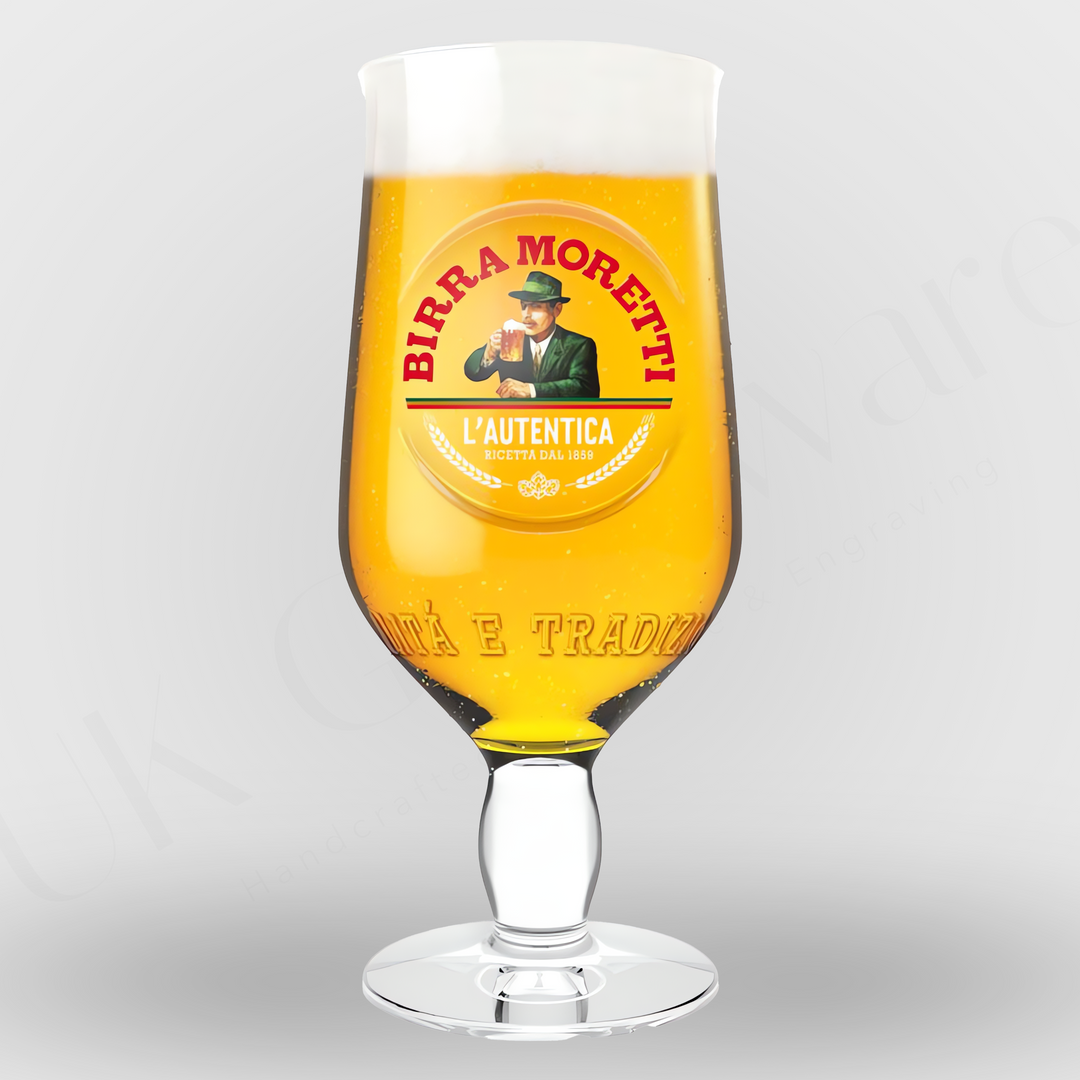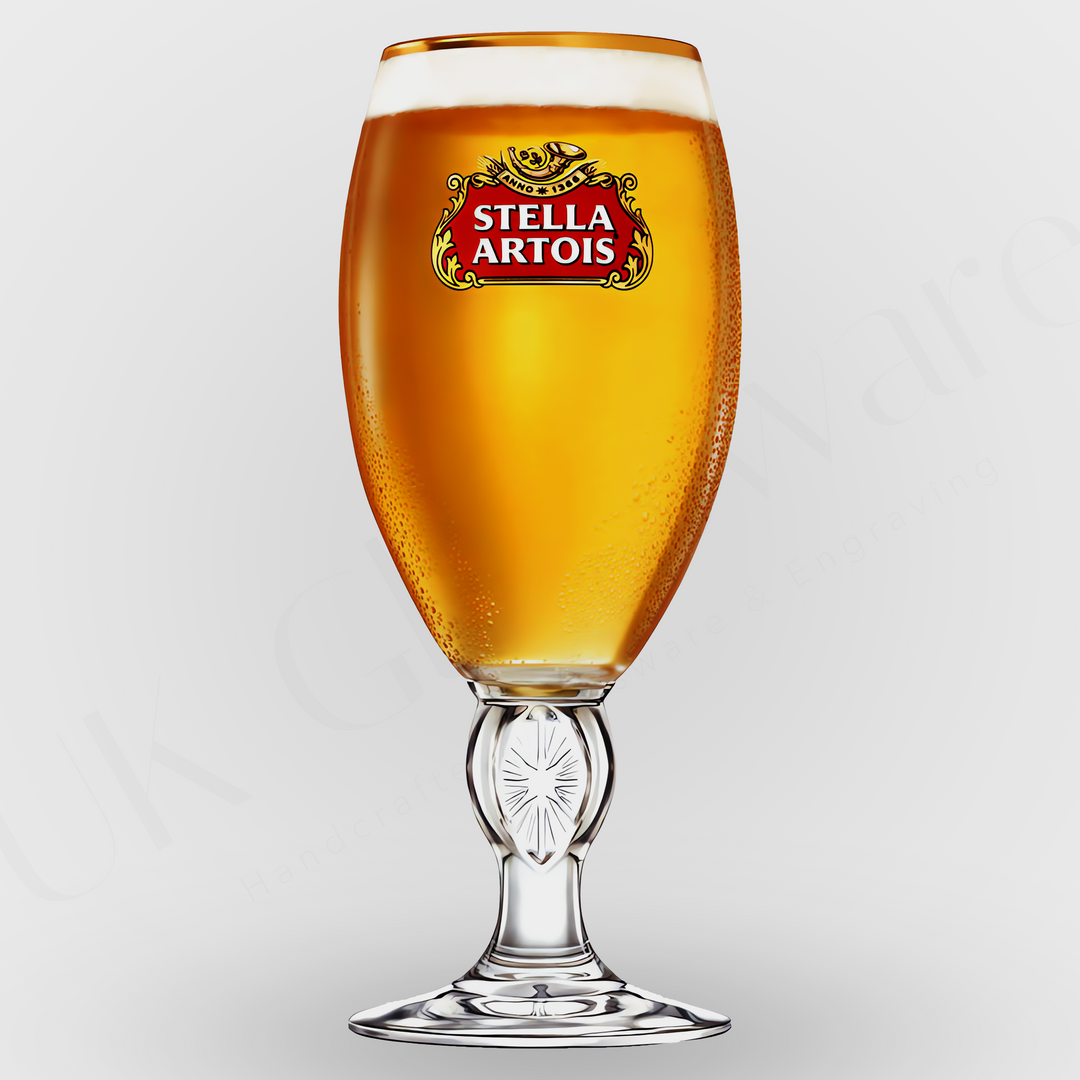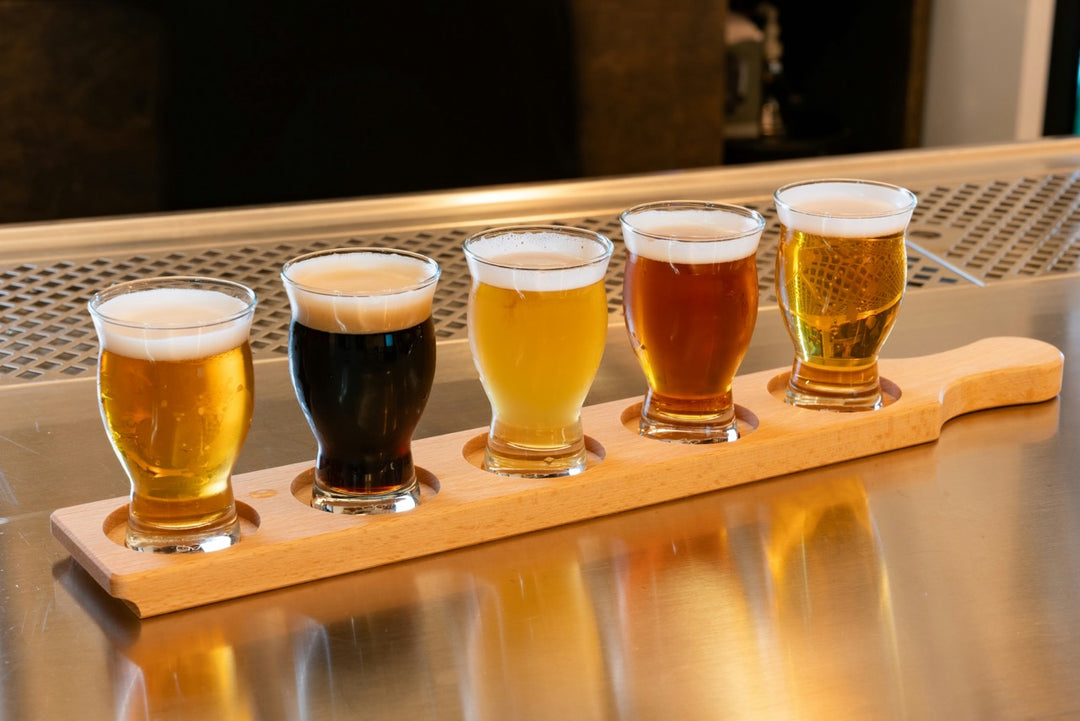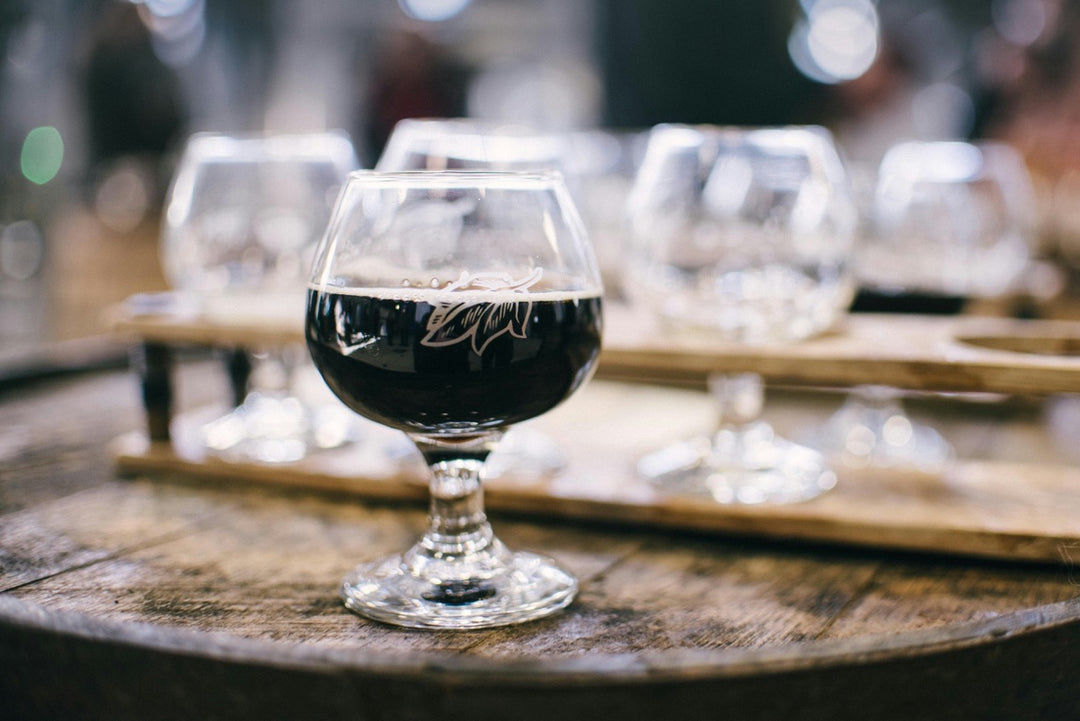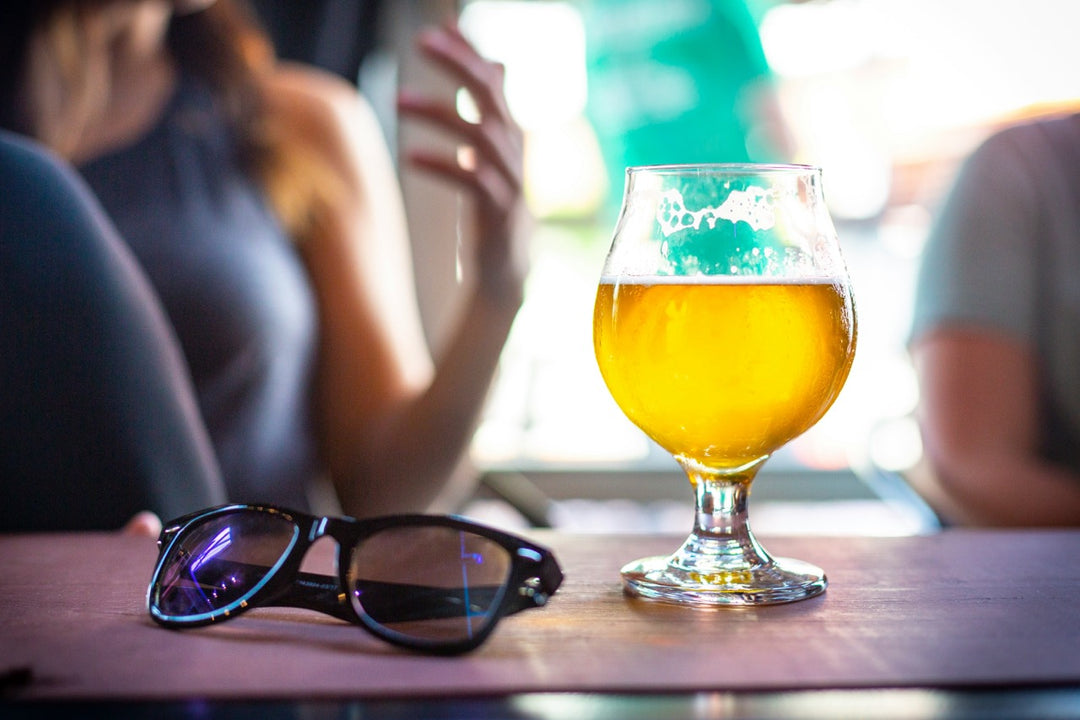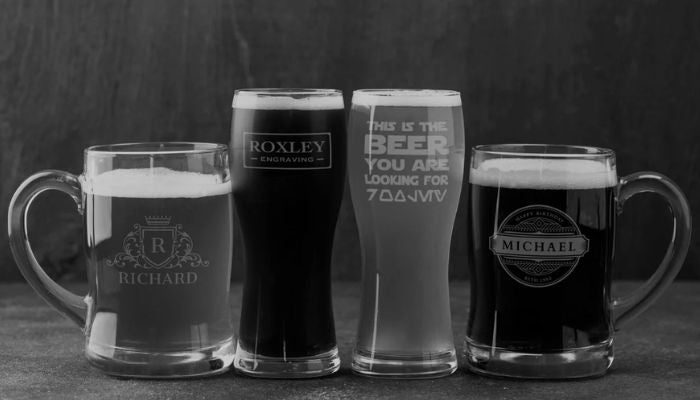The Difference Between Ale and Lager

Beer craftsmanship revolves around yeast. The difference between beer and lager often starts with the yeast used in their production. Ales employ top fermenting yeast at balmy temperatures. This method yields robust flavours with fruity undertones. Lagers use bottom fermenting yeast in cooler conditions. The result is a crisp beverage with subtle notes.
Yeast dictates more than just taste. It shapes the entire drinking experience from aroma to mouthfeel. Each sip tells a story of its brewing journey. The yeast’s influence extends beyond flavour, affecting the beer’s body, clarity, and even its foam retention. This microscopic organism truly is the unsung hero of the brewing world.
Fermentation Process
Brewing involves a delicate dance of time and temperature. What is ale? Ales pirouette through a quick fermentation at warmer degrees. This speedy process infuses the drink with its characteristic fruity essence.
Lagers waltz through a slower routine. Cool temperatures stretch the fermentation over weeks or months. This prolonged period allows flavours to mellow and refine. The extended fermentation of lagers, known as lagering, also contributes to their clarity and smooth finish. This patient process is a testament to the brewer’s craft and dedication.
Taste Profiles
Ales sing bold melodies. You might catch whispers of fruit or spice in your glass. Some varieties belt out bitter notes. Others croon dark malty tunes. The complexity of ales can be likened to a symphony, where each sip reveals new layers of flavour, from the opening notes of hops to the lingering finish of malt.
Lagers hum softer tunes. They offer clean, crisp flavours that rarely overpower. A gentle malt sweetness often forms the baseline of their composition. While more subtle, the nuances in lagers can be just as captivating. Their restrained profile allows for a purity of flavour that showcases the quality of ingredients and the brewer’s skill.
Alcohol Content
Ales pack a punch. Their alcohol content can soar high. This potency stems from resilient yeast strains that thrive in boozy environments. Some ales, like barleywines or imperial stouts, can reach alcohol levels rivalling those of wine, offering a warming sensation and intense flavours.
Lagers tread lightly. They contain less alcohol due to their delicate yeast. This makes them ideal for leisurely sipping sessions. The lower alcohol content of many lagers contributes to their reputation as refreshing, sessionable beers, perfect for social gatherings or pairing with meals.
Visual Differences
Appearance speaks volumes about a beer’s character. Ales range from golden hues to inky blacks. Their rapid fermentation can leave them slightly cloudy. Some styles, like New England IPAs, even celebrate their hazy appearance as a hallmark of their juicy, hop-forward profile.
Lagers sport crystal clarity. Extended brewing allows particles to settle. This results in a transparent brew that gleams in the glass. The brilliance of a well-made lager can be mesmerising, with tiny bubbles streaming upwards, creating an inviting visual spectacle.
Types of Ales
The ale family boasts diverse members. India Pale Ales charm with their hoppy bitterness. Porters and stouts deliver roasted richness. Pale ales strike a harmonious balance between malt and hops.
Each style offers a unique tasting adventure. The variety ensures something for every palate. From the tart and funky world of sour ales to the sweet and strong Belgian quads, the ale category is a treasure trove of flavours waiting to be explored.
Types of Lagers
Lagers offer their own spectrum of styles. Pilsners refresh with their light body and gentle hop bite. Amber lagers woo with caramel sweetness. Dunkels satisfy with their smooth maltiness.
These varied options prove lagers can be just as intriguing as their ale counterparts. The world of lagers extends beyond the familiar pale varieties. Bocks and doppelbocks showcase the richer, maltier side of lagers, while Baltic porters blur the line between ale and lager with their robust, dark character.
Ale vs Lager
Selecting between ale and lager boils down to personal preference. In the ale vs lager debate, do you fancy bold complex flavours? Ales might tickle your fancy. Their varied profiles promise an exciting taste journey.
If you crave a crisp, clean sip, lagers could be your calling. Their subtle flavours and easy drinking nature suit casual occasions. Ultimately, the beauty of the beer world lies in its diversity. Many enthusiasts find joy in both categories, allowing their mood and the occasion to guide their choice.
Food Pairings
Beer and food make splendid companions. Ales complement hearty fare brilliantly. A robust stout pairs wonderfully with roasted meats. Spicy dishes find their match in hoppy IPAs.
Lagers play well with lighter cuisine. Grilled fish or chicken sing alongside a crisp pilsner. The clean finish of lagers cleanses the palate between bites. The art of pairing beer with food has evolved to rival that of wine. Sommeliers and chefs are increasingly recognising the potential of both ales and lagers to elevate dining experiences, from casual pub grub to fine dining.
Making Your Choice
At the end of the day, the choice between ale and lager rests in your hands. Both offer unique pleasures. Ales beckon the adventurous palate with their complex flavours. Lagers invite you to unwind with their smooth simplicity.
Remember, there’s no wrong choice. Every glass holds potential for enjoyment. The perfect brew awaits your discovery. Whether you’re a seasoned beer aficionado or a curious newcomer, the world of ales and lagers offers a lifetime of exploration. Each pour is an opportunity to appreciate the artistry and tradition behind these timeless beverages.




